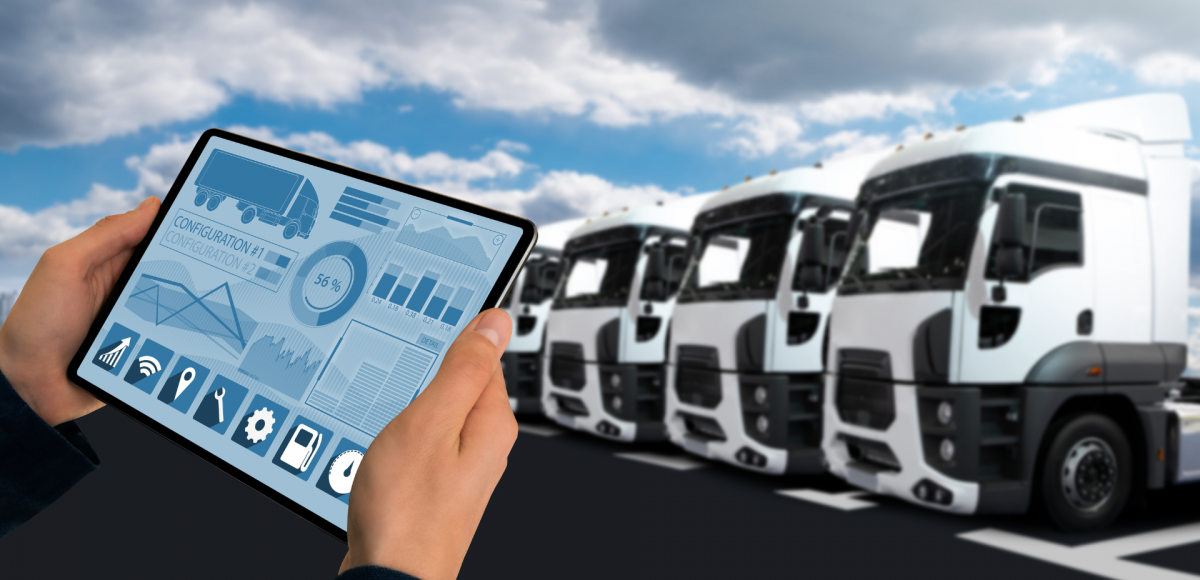
- 15 February 2023
- Sarah Clarke
- Business Skills
Vehicle Fleet Costs #1
We provide data analytics services
.. to a leading transport and logistics group in the UK – one that already operates around the world.
In the short term, the Fleet Management team have been told to get on top of fleet and asset costs. This means figuring out the causes behind some unwelcome upward trends, and providing options for changing the direction of spend.
Over the longer term, they will deliver strategic options for the whole fleet, including the transition to electric vehicles.
Our job is to equip the Fleet Management Team to use data to help do all of this.
This blog is #1 in a series written in real-time that will tell you what we do, how we do it, what works, and what doesn’t.
Cost basics
What is the full pence per mile for each vehicle, or the full cost of an accident, or the cost of harsh driving?
If the Fleet Team is going to engage everyone in a dialogue about cost, we need to first give everyone some hard numbers.
They also need a way to drill down into them to show – the component costs, and how costs vary by division, location, different time periods, and so on.
The tech is there to make this straightforward. The costs we need (fuel, maintenance, vehicle hire, compliance, to name a few) are all in different places, but they are accessible and logged by vehicle registration.
These costs, plus a steady stream of telematics data, have been fitted into a smart, online dashboard, that can be sliced and diced between Division, Sector, Site Vehicle, Cost Item, and so on.
(Most of the dashboard below is greyed out to hide the real numbers, but hopefully you can see how it works)

It doesn’t matter where you start. You can start at 1. by selecting one or more vehicle registrations, and then drill down into total costs and cost items, distance travelled, plus our ‘starting out’ set of metrics – pence per mile and average vehicle cost (they’re ‘starting out’ because we have a whole lot more to develop).
Or you can go another way e.g. by picking one or more months at 2. and then drill down into cost items broken out by vehicle registration. Or you can start at 3. with cost item(s), and see how they are distributed across vehicles and time periods.
How we do it
Unsurprisingly there’s quite a bit going on under the hood but, with the right tech, it’s straightforward to build.

- Whether on the road or in the office – the user has an ‘app’.
- The app is a website built in the Microsoft Azure platform.
- The website is populated by a Power BI report.
- The Power BI report gets its data from a SQL Server database, also in the Azure Cloud.
- All vehicle movements, locations, events and distances are received directly from the Telematics provider.
- All invoiced costs are imported from a master spreadsheet.
Everything is kept secure through Power BI and Azure protocols, plus an Azure Active Directory.
Now the hard part begins
Dashboards containing costs rarely generate interest. Yet the Fleet Team need to get Divisional Managers, Site Managers and Supervisors engaged – because the dashboard is shining a light on things that are going to need attention.
E.g. for the first time, all vehicle hire costs are now in once place. As a total, and as a proportion of the cost of operating the whole vehicle fleet – they are BIG.
Why, given the size of the company fleet, are so many vehicles being hired?
We need to understand how those decisions are being made, what the priorities are, whether other options are visible (e.g. there are company vehicles idle in the yard).
Clearly it’s easy and convenient to have a hire vehicle on hand, so that service levels can be guaranteed.
Which means that questions about cost may end up coming a poor second – unless we can make all the costs visible, demonstrate that not all hires are necessary, and show that other options will yield significant savings.
Blog #2 – coming soon
These blogs are intended to reflect events as they unfold. So, in Blog #2 we should be able to describe how data is able to yield further insights into the options around vehicle hire costs, and lift the lid on a couple of other cost pressures that are going to need to be addressed.
We will also take a closer look at some of the tech.
Look out for it soon.
